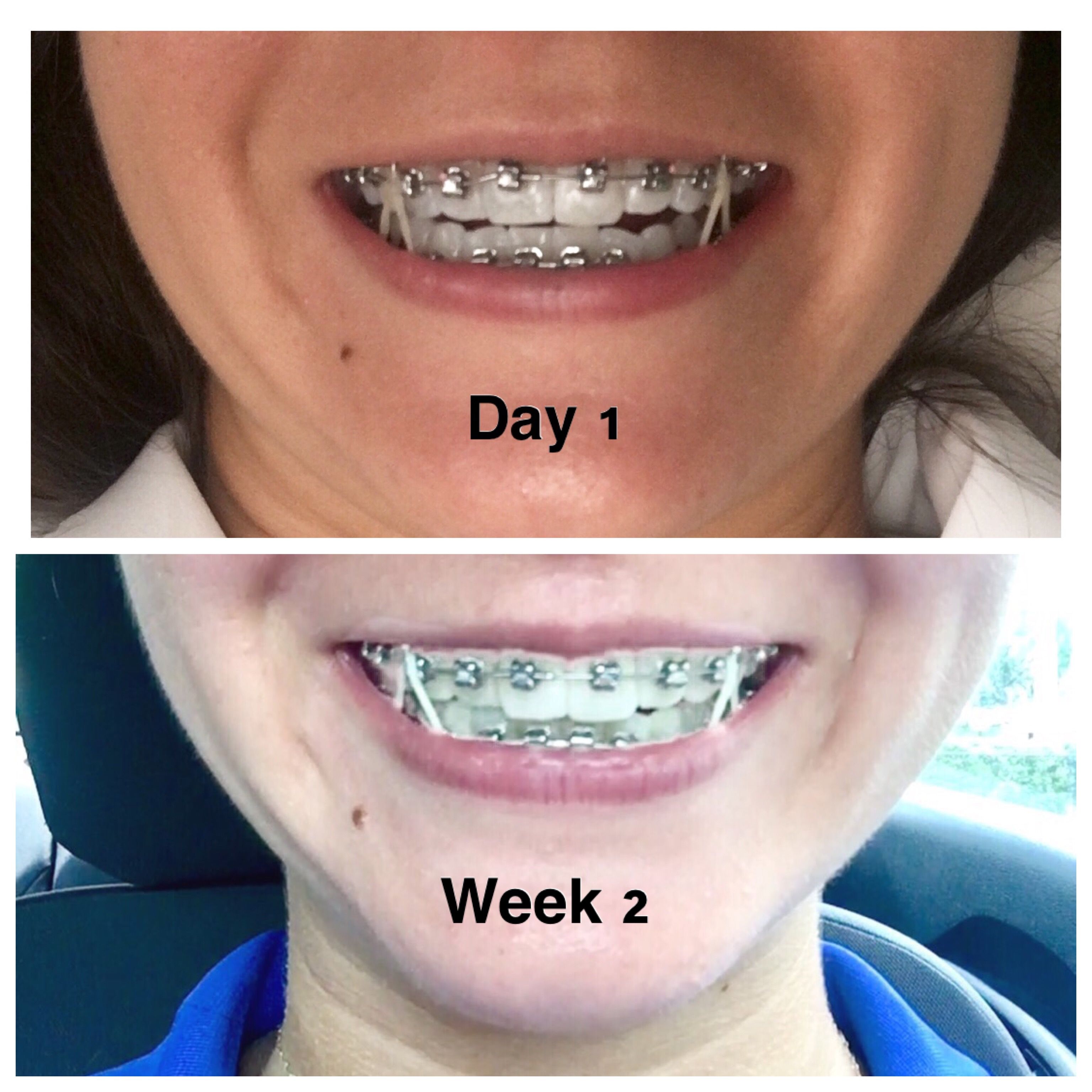Getting Braces As An Adult

The journey to achieving a straight, healthy smile is not limited to adolescence. Many adults are now opting for orthodontic treatment, including braces, to improve the appearance and function of their teeth. This decision is often motivated by a desire to enhance self-confidence, improve oral health, and take advantage of advancements in orthodontic technology that offer more discreet and efficient treatment options.
Orthodontic treatment for adults has become increasingly common, with many practitioners reporting a significant rise in the number of adult patients seeking braces and other orthodontic solutions. This trend is partly due to the expanding range of treatment options available, which cater to the unique needs and preferences of adult patients. Unlike children and teenagers, whose teeth and jaws are still developing, adults require specialized approaches that address the specific challenges of orthodontic treatment in a mature jaw and teeth setup.
One of the primary concerns for adults considering braces is the aesthetic impact. Traditional metal braces, while effective, are often perceived as unappealing, particularly in professional and social settings. In response to this concern, orthodontists have developed a variety of more discreet options. Ceramic braces, for instance, use clear or tooth-colored brackets that blend in with the teeth, minimizing the visual impact of the braces. Another popular option is lingual braces, which are attached to the back of the teeth, making them completely invisible from the front.
In addition to aesthetic considerations, adults may also face unique orthodontic challenges. For example, adults are more likely to have dental restorations such as fillings, crowns, or implants, which can complicate orthodontic treatment. Furthermore, adult bones are no longer growing, which can make certain types of tooth movements more challenging. Despite these complexities, modern orthodontic techniques and materials have made it possible to successfully treat a wide range of orthodontic issues in adults, from mild crowding and spacing problems to more complex malocclusions.
The process of getting braces as an adult begins with a comprehensive consultation with an orthodontist. During this initial appointment, the orthodontist will assess the patient’s teeth, jaws, and facial structure to determine the most appropriate treatment plan. This evaluation may include digital impressions, photographs, and X-rays to provide a detailed understanding of the patient’s orthodontic needs. Based on this assessment, the orthodontist will discuss the available treatment options, including the different types of braces, the expected duration of treatment, and the associated costs.
For many adults, the decision to undergo orthodontic treatment is not just about enhancing their appearance; it’s also about improving their oral health. Misaligned teeth can lead to a variety of issues, including difficulty cleaning between the teeth, which can increase the risk of tooth decay and gum disease. By straightening the teeth, orthodontic treatment can make it easier to maintain good oral hygiene, potentially reducing the risk of these and other dental problems.
Despite the many benefits of orthodontic treatment for adults, some individuals may still be hesitant due to concerns about the length of treatment. Traditional orthodontic treatment can last from one to three years, although this duration can vary significantly depending on the complexity of the case and the type of treatment chosen. Recent advancements in orthodontic technology have led to the development of accelerated treatment options, such as certain types of clear aligners and orthodontic devices that use advanced materials and techniques to reduce treatment time.
In conclusion, getting braces as an adult is a viable and increasingly popular option for those seeking to improve the alignment and appearance of their teeth. With the range of discreet and effective treatment options available, adults can now achieve the smile they desire without compromising their lifestyle or professional image. By addressing both the aesthetic and health aspects of orthodontic treatment, adults can enjoy the long-term benefits of a straighter, healthier smile.
Common Concerns and Questions
How Much Do Braces Cost for Adults?
The cost of braces for adults can vary widely depending on several factors, including the type of braces chosen, the complexity of the case, and the location of the orthodontic practice. On average, traditional metal braces can cost between 3,000 to 7,000, while more discreet options like ceramic or lingual braces may range from 4,000 to 10,000 or more. It’s essential to consult with an orthodontist to get a precise estimate for your specific treatment needs.
Are Braces Painful?
While orthodontic treatment can cause some discomfort, particularly in the initial stages or after adjustments, the level of pain is generally manageable. Most patients describe the sensation as mild pressure or soreness that subsides within a few days. Over-the-counter pain relievers can help alleviate any discomfort, and orthodontists often provide guidance on how to manage any pain associated with treatment.
Can Adults Get Invisalign?
Yes, Invisalign is a popular option for adults due to its discreet nature. Invisalign uses clear, removable aligners that are custom-made to fit your teeth, gradually moving them into the desired position. This treatment is particularly appealing to adults because it is nearly invisible and allows for easy maintenance of oral hygiene. However, the suitability of Invisalign depends on the complexity of the orthodontic issues; it’s best suited for mild to moderate cases of crowding, spacing, or other malocclusions.
How Long Does Orthodontic Treatment Take for Adults?
The duration of orthodontic treatment for adults can vary significantly, ranging from several months to a few years. The length of treatment depends on factors such as the type of braces or orthodontic device used, the complexity of the case, and how regularly the patient attends follow-up appointments. Traditional braces typically require treatment durations of about 2 years, while clear aligners or other accelerated options may reduce this time to around 6 to 18 months.
Do Adults Need to Wear Retainers After Braces?
Yes, wearing a retainer after orthodontic treatment is crucial for maintaining the new position of the teeth. Teeth can shift back over time if not retained properly. There are different types of retainers, including fixed retainers that are bonded to the back of the teeth and removable retainers that can be taken out for cleaning and during meals. The type of retainer recommended will depend on the individual’s needs and the orthodontist’s professional judgment.
What are the benefits of orthodontic treatment for adults?
+Orthodontic treatment for adults offers numerous benefits, including improved appearance, enhanced self-confidence, better oral health, and increased ease of cleaning between the teeth, which can reduce the risk of dental problems like tooth decay and gum disease.
Can I get orthodontic treatment if I have missing teeth?
+Incorporating orthodontic treatment into an adult’s lifestyle requires commitment and patience, but the rewards are well worth the effort. With the right approach and support from an experienced orthodontist, adults can look forward to achieving a smile that enhances their appearance, boosts their confidence, and contributes to their overall well-being.


